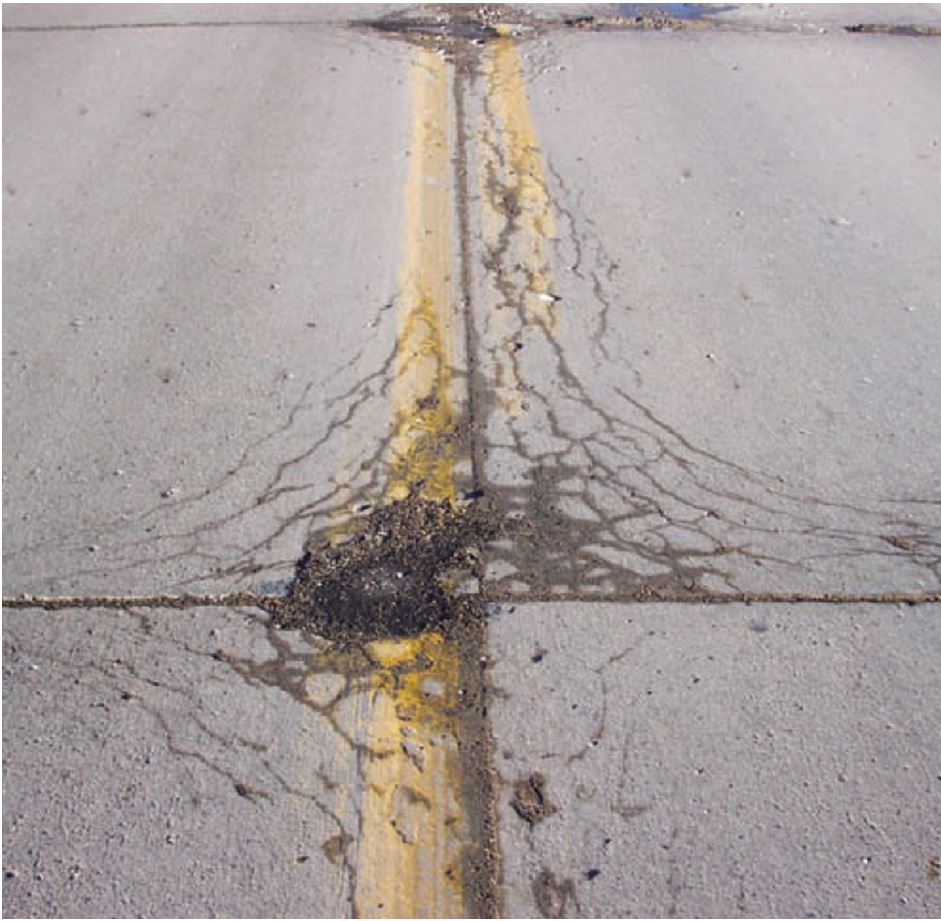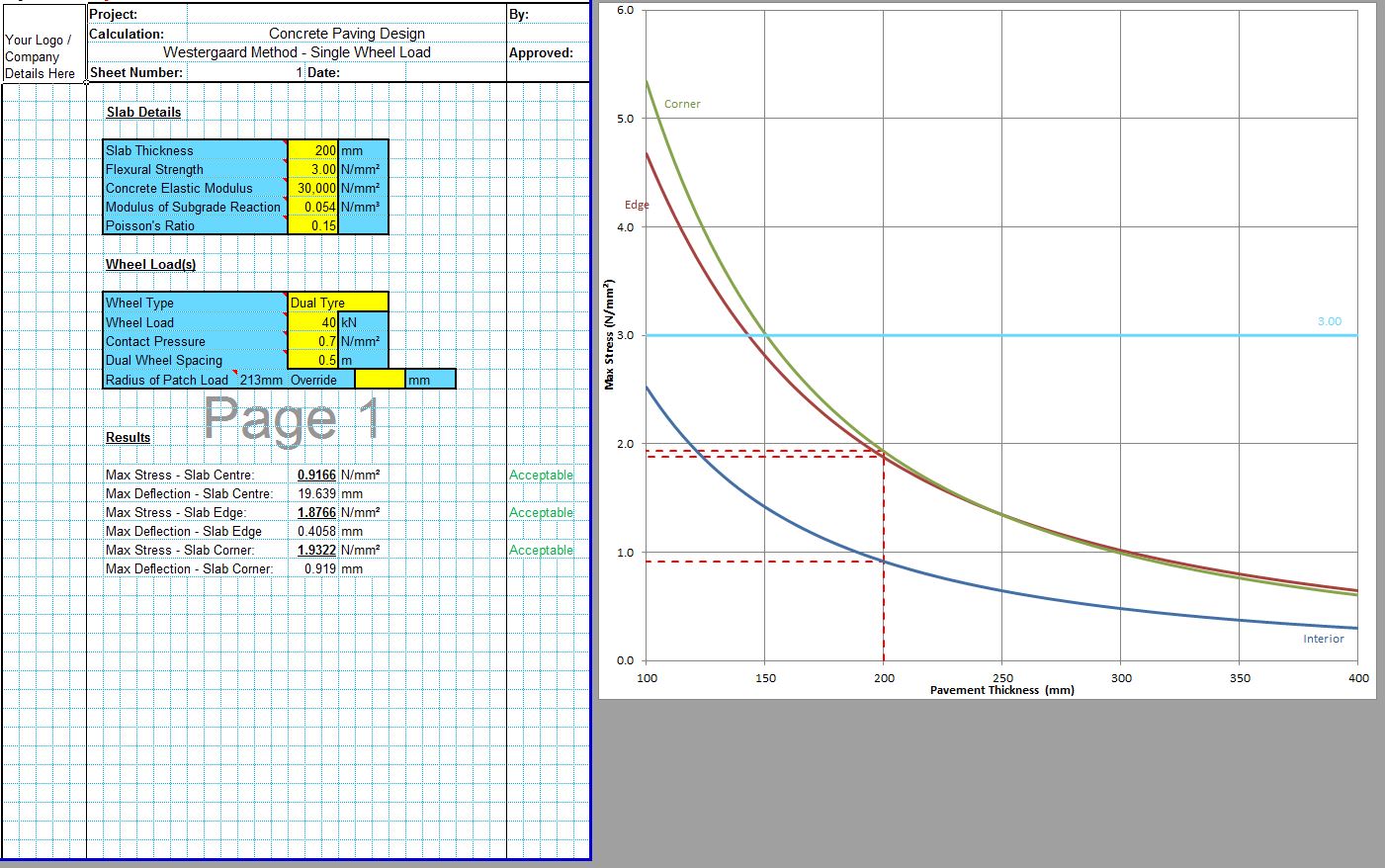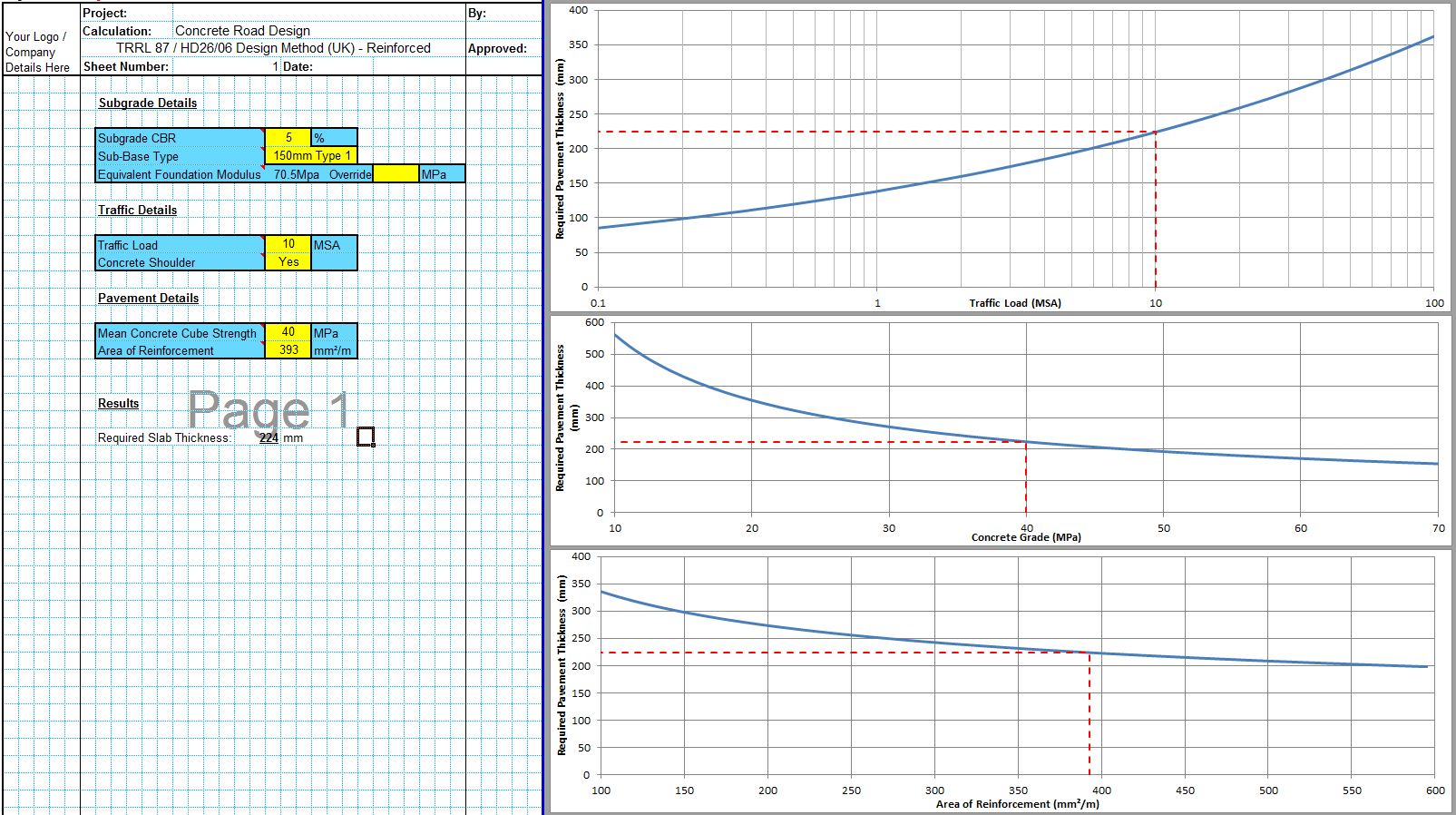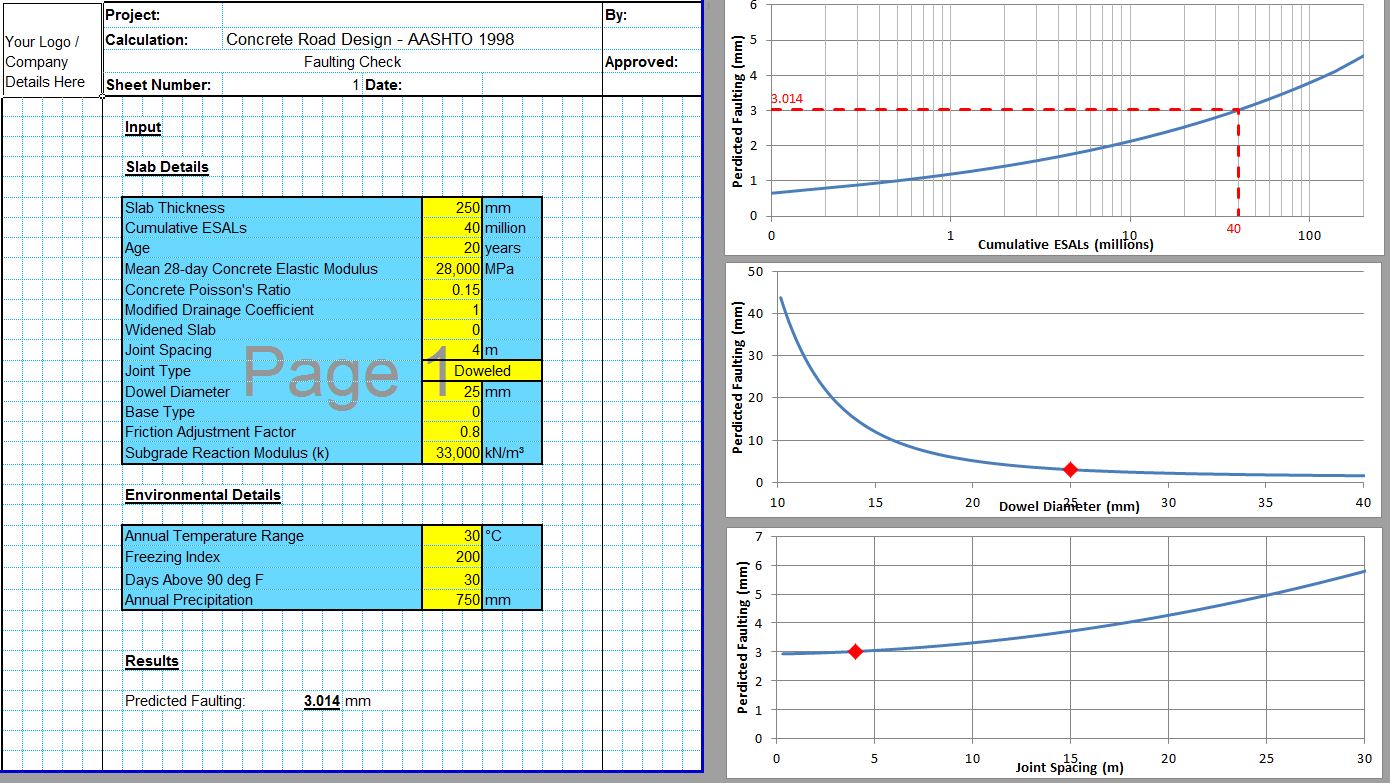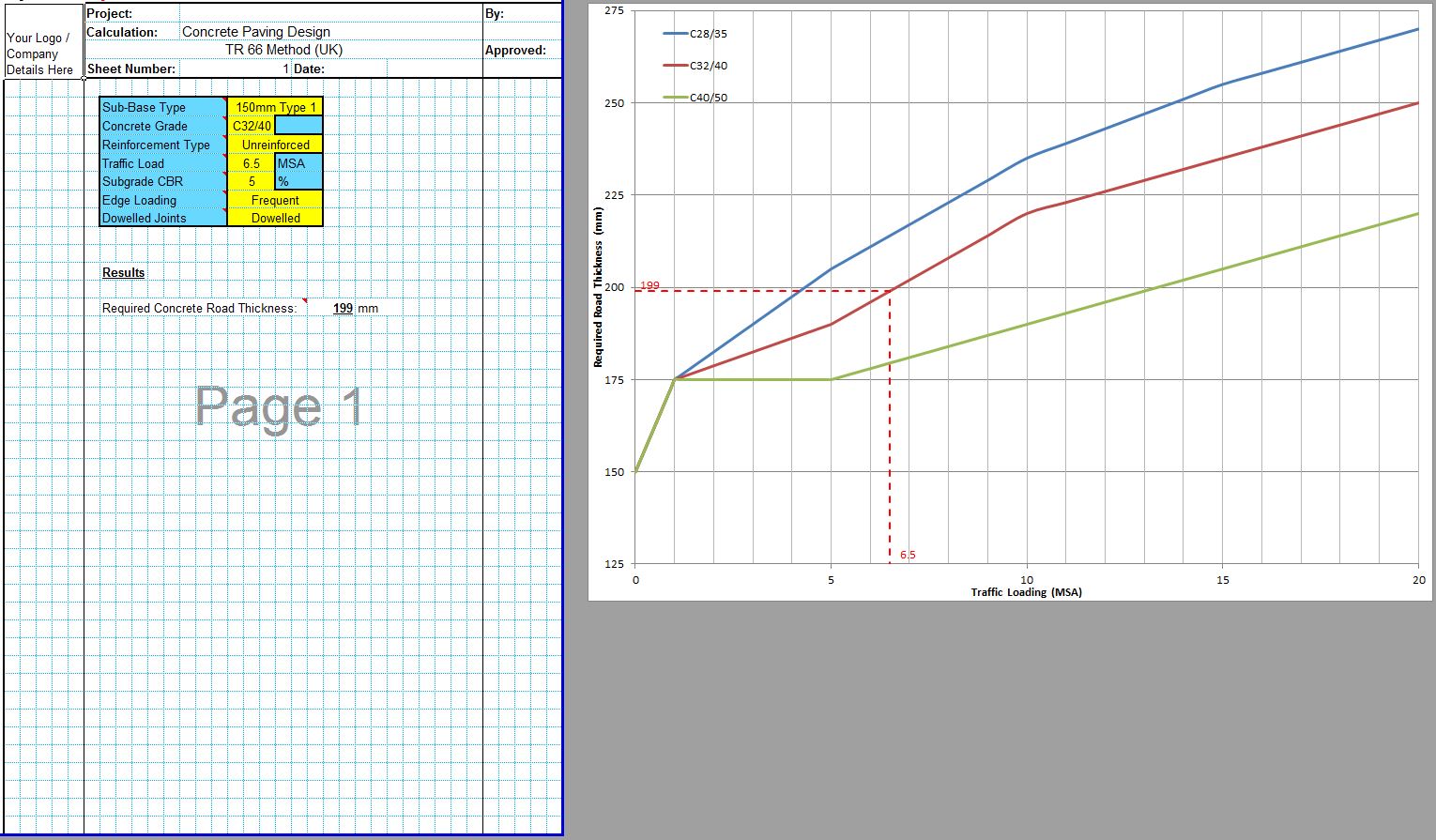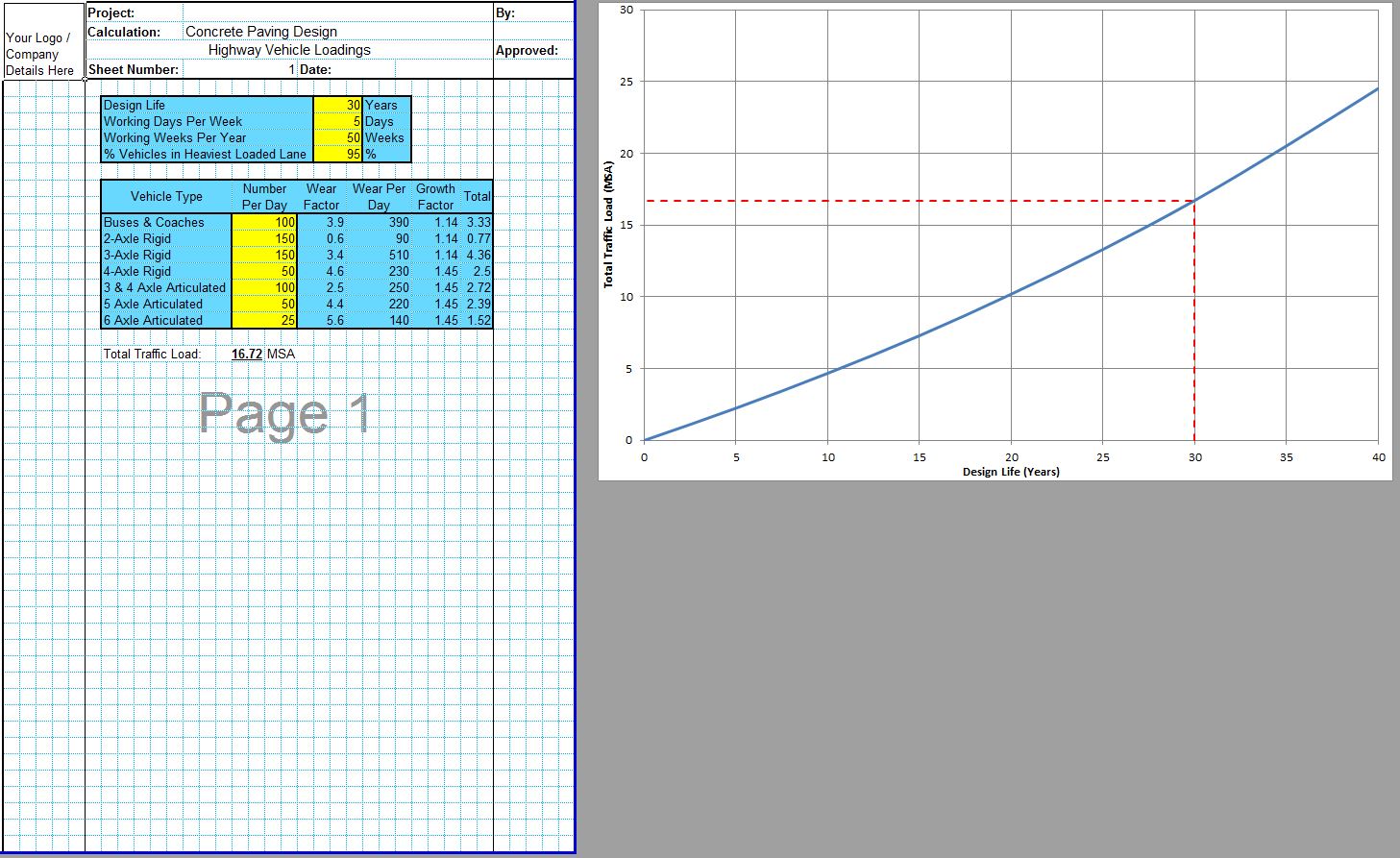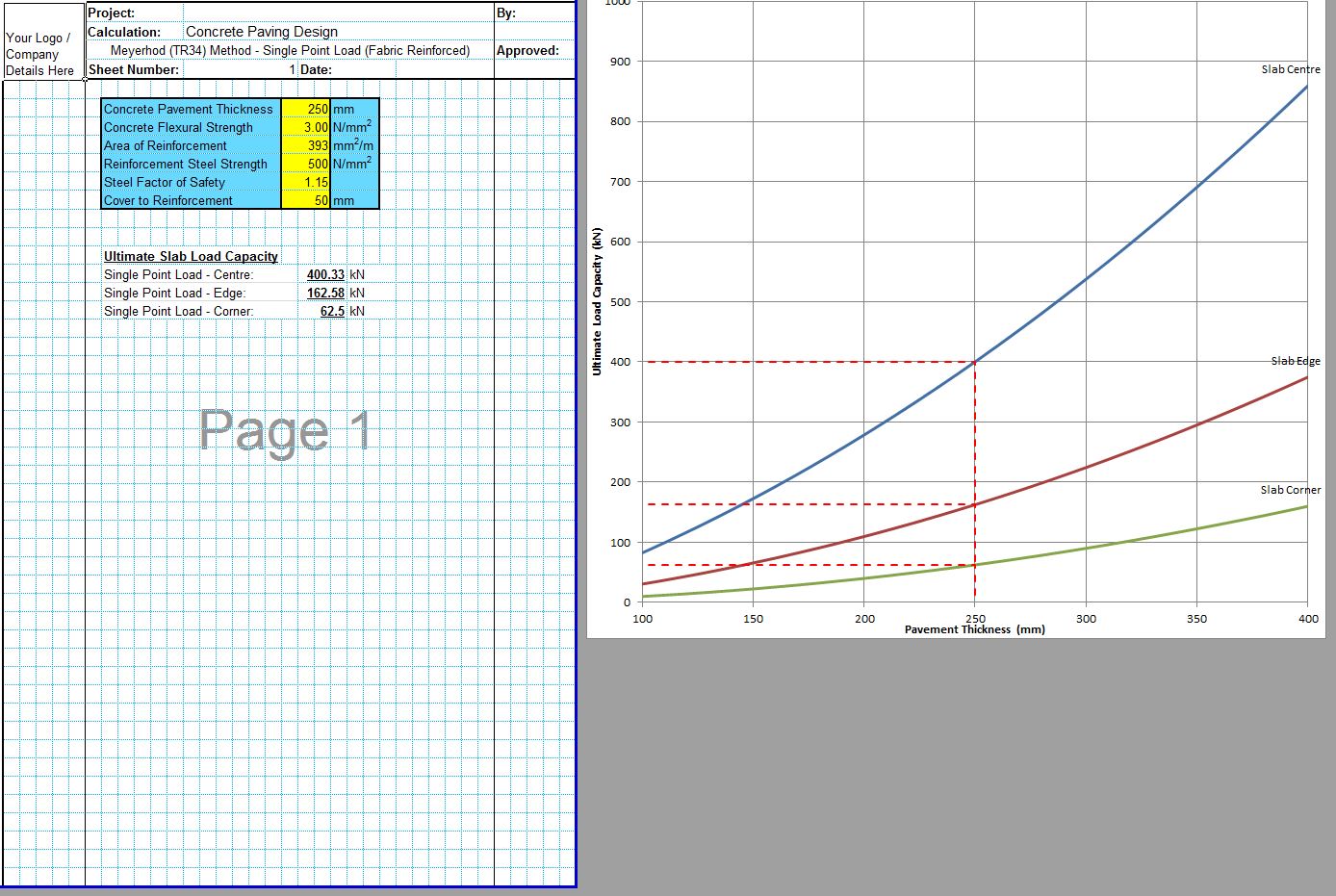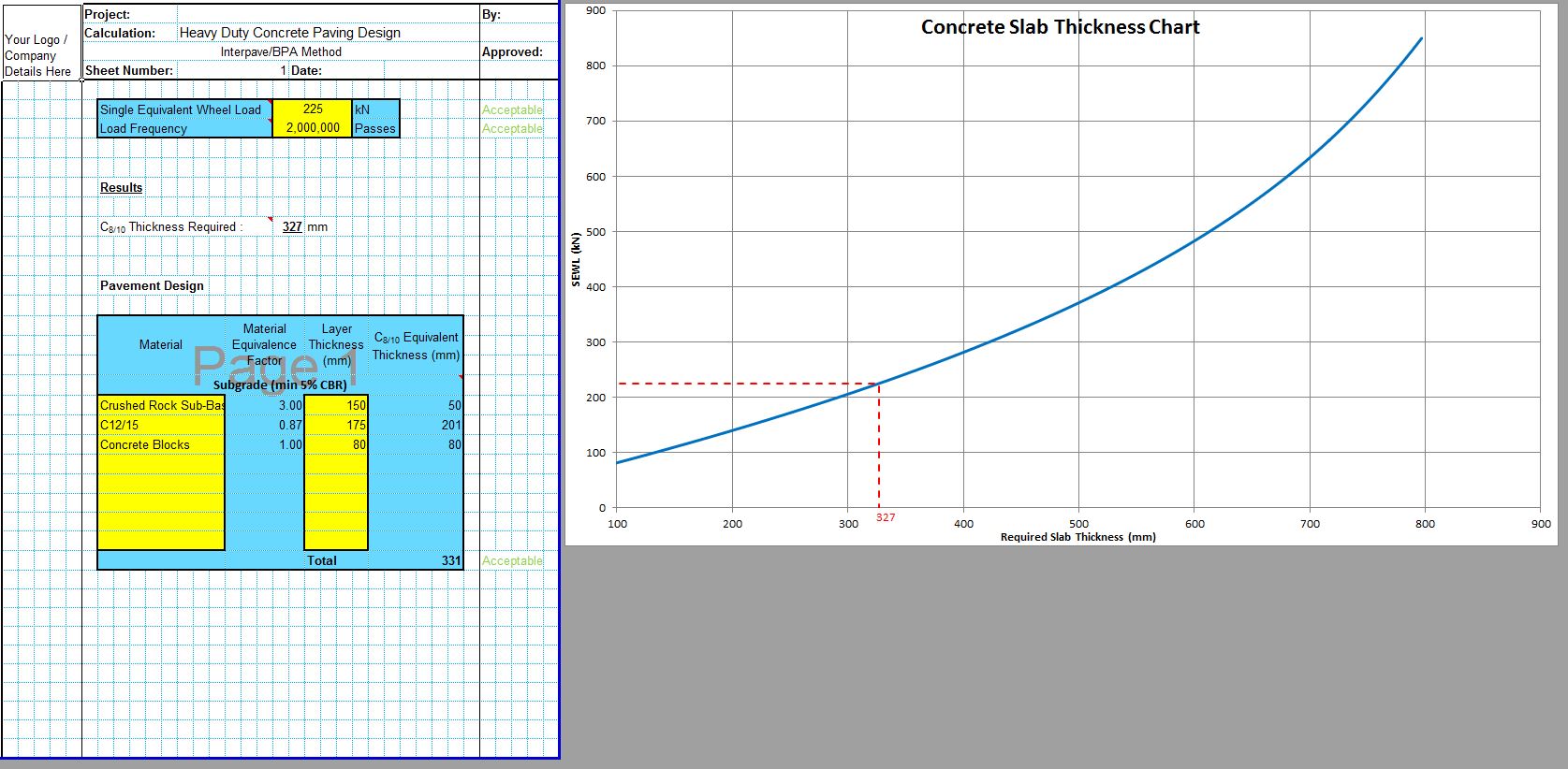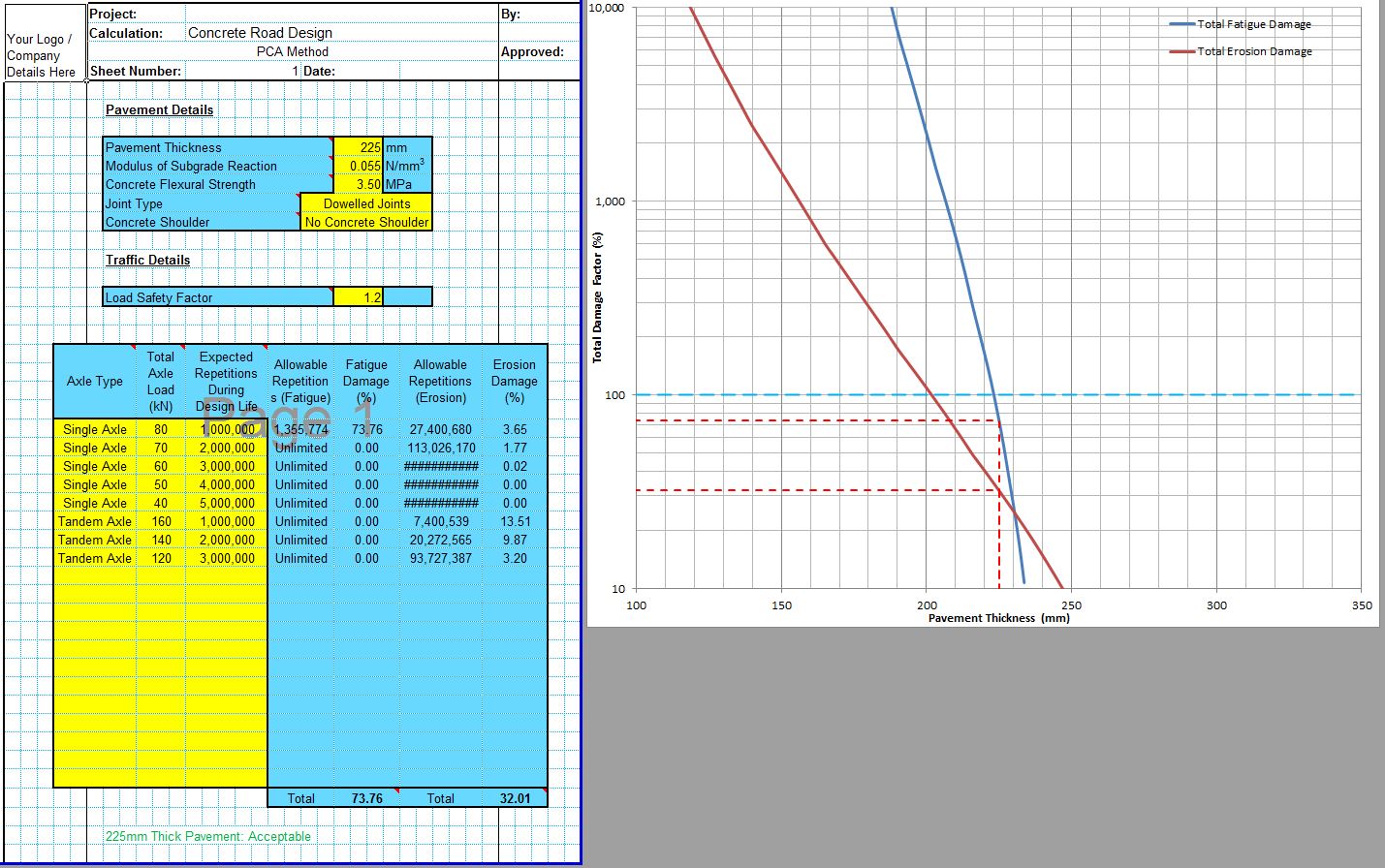The frost resistance of concrete pavements is largely dependent on the type of aggregates used. Frost resistance can be an important durability requirement for concrete pavements in certain climates including the UK.
Frost Resistance of Concrete Pavements
The aggregates ability to resist cycles of freezing and thawing can be a critical durability parameter for the finished concrete pavement. This is not applicable in some warmer climates, but in the UK and other colder climates this is an important consideration.
The frost resistance of aggregates is related to the porosity, absorption, permeability and the pore structure. Aggregate particles with high absorption may not be able to accommodate the expansion that occurs when the water freezes. If an aggregate particle absorbs enough water to reach a critical saturation level, then the pore structure within the aggregate particle will not be able to accommodate the hydraulic pressures produced when that water freezes. If this problem occurs in many of the aggregate particles this will start to create defects and durability issues with the pavement.
This tends to occur in coarse aggregates with high porosity and medium sized pores (between 0.1μm and 5μm), as larger pores are less likely to become saturated and cause hydraulic stresses, and water in smaller pores is less likely to freeze. A number of factors including rate of freezing, porosity, permeability and the tensile strength of the aggregate combine to produce a critical size at which freeze-thaw failures of the aggregate particles is likely to occur. Fine grained aggregates with low permeability may have a critical size within that used to concrete pavements, whereas coarse grained aggregates will often have a critical size too large to affect concrete pavement aggregates, even where the absorption value is high.
Pavement Defects Caused by Frost
If the affected aggregate particles are at the concrete surface this can cause popout defects, which is when a single aggregate particle causes a conical fragment of concrete to break out of the concrete surface. This often leaves the offending aggregate particle exposed at the bottom of the popout. Cracking of the concrete due to a lack of adequate frost resistance is called D cracking. It is called D cracking because the visible cracks resemble a letter D, with the closely spaced cracks running parallel to the joints and then progress outwards towards the center of the slab in a D shape. The cracks begin at the base of the slab and propogate upwards to the surface. This kind of cracking occurs when the aggregates expand due to the action of either freeze-thaw or wet-dry cycles. This expansion of the aggregate particles creates a stress in the concrete causing it to crack in a distinctive D shape. An example of D cracking is shown below.
Where local experience of aggregate performance in concrete pavements for more than 10 years is unknown, aggregates can be tested for their frost resistance. This involves concrete beams being subjected to repeated freeze thaw cycles, with the beams dynamic modulus measured before and after. Alternatively the aggregates can be submerged in a sodium or magnesium sulfate solution. The growth of salt crystals in the pores creates a hydraulic pressure similar to that caused by freezing water in the pores. This is the recommended method described in BS EN 1367-2. A maximum soundness value of around 18% for each aggregate source is sometimes specified, with a maximum value of 30% for any aggregate size within the sample.
If the aggregates used are known to be susceptible to freeze-thaw damage and D cracking, using a small maximum aggregate size has been shown to improve the durability. Though it is preferable to use a suitably frost resistant aggregate. Alternatively measures can be taken to prevent the base of the concrete slab from being inundated with water which can prevent the aggregates from becoming saturated.
